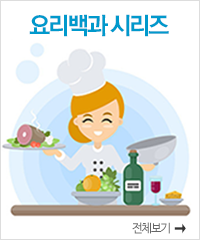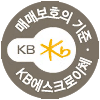대한예방한의학회지 제18권 제2호(2014년 8월)
Journal of Society of Preventive Korean Medicine 2014;18(2):81-88
약선 식당에서 사용하는 한약재에 대한 조사연구
전소정1)⋅김민지2)⋅김창희2)⋅권영규2)⋅이상재2)✽
1) 부산대학교 한의학전문대학원 한의학과
2) 부산대학교 한의학전문대학원 양생기능의학부
A Survey of Herbs Used in Yaksun Restaurants
Sojeong Jeon1), Minji Kim2), Changhee Kim2), Youngkyu Kwon2) & Sangjae Lee2)✽
1) Department of Korean Medicine, School of Korean Medicine, Pusan National University
2) Department of Longevity and Biofunctional Medicine, School of Korean Medicine, Pusan National University
Abstract
Objective : This study is a survey research that investigates the kinds of medicinal herbs actually used in Yaksun(medicianal food) restaurants, the frequency and the way of using herbs in Yaksun. Through this study, we assumed that it will be used basis data on further Korean Yaksun research.
Method : We conducted survey targeting for 26 Yaksun restaurants and Temple food restaurants serving Yaksun cuisine(medicinal food) menu from July 2012 to January 2013. The questionnaire was composed of several parts including the kinds of medicinal herbs that was used in Yaksun, medicinal food types that use a lot of medicinal herbs, medicinal herbs criteria used in the selection of medicinal food, and education experience learning Yaksun cuisine.
Results : Only 11 restaurants answered the questionnaire among the targeting restaurants of survey objects. The number of Herbs was investigated in each restaurant was maximum 65 kinds and minimum 7 kinds(average 32 kinds). All restaurants used Angelicae Gigantis Radix in their restaurant. And Nelumbinis Semen, Zingiberis Rhizoma, Glycyrrhizae Radix, Acanthopanacis Cortex, and Gardeniae Fructus are well used medicinal herbs in Yaksun. Types of medicinal food using a lot of herbs were rices⋅porridges⋅rice cakes, both vegetables⋅salads and stews·soups. Almost chefs or restaurant’s representatives learned cooking medicinal food at temples, food research centers, university attached institutions, and cooking schools.
Conclusion : Medicinal herbs used in Yaksun restaurants are familiar with Korean and easily available. These herbs has better efficacy, taste, scent, color in comparison of the others. For the development of Korean Yaksun, further research of divers parts in Yaksun materials should be conducted.
Key words : Yaksun(藥膳), Temple Food(寺刹飮食), medicinal food, medicinal cuisine, Korean Medicine(韓醫學)
•접수 : 2014년 7월 21일
•수정접수 : 2014년 8월 20일
•채택 : 2014년 8월 26일
✽교신저자 : 이상재, 626-770 경상남도 양산시 물금읍 범어리 부산대학교 한의학전문대학원
전화 : 051-510-8472, 팩스 : 051-510-8437, 전자우편 : prehan@pusan.ac.kr

 KFA(K-Food Archive) 약 100만여개 Big Data Project
KFA(K-Food Archive) 약 100만여개 Big Data Project






 통합검색
통합검색









 표제지
표제지 •농촌진흥청 •농사로 •Rda 인트라뱅
•농촌진흥청 •농사로 •Rda 인트라뱅












